
After spending the Qingming Festival in Zhengzhou City, my son and I decided to have a stopover trip to Shijiazhuang, which is on the way to Beijing. Hence, this is my second visit to Shijiazhuang. My first visit is documented here: Shijiazhuang, the Capital of Hebei Province
This time we decided to stay 2 nights. 1 night in Zhengding Ancient City(7 April), 1 night at the foot of Baoduzhai Scenic Spot(8 April).
Zhengding Ancient City is located in the northern part of Shijiazhuang City, Hebei Province. It is a national-level historical and cultural city with a history of over 1,600 years. The city is home to a wealth of cultural relics and historical sites, including numerous national and provincial cultural heritage protection units, such as Longxing Temple, Huata of Guanghui Temple, and the Sumeru Pagoda of Kaiyuan Temple. These sites reflect the profound cultural heritage of China from the 5th to the 19th centuries.

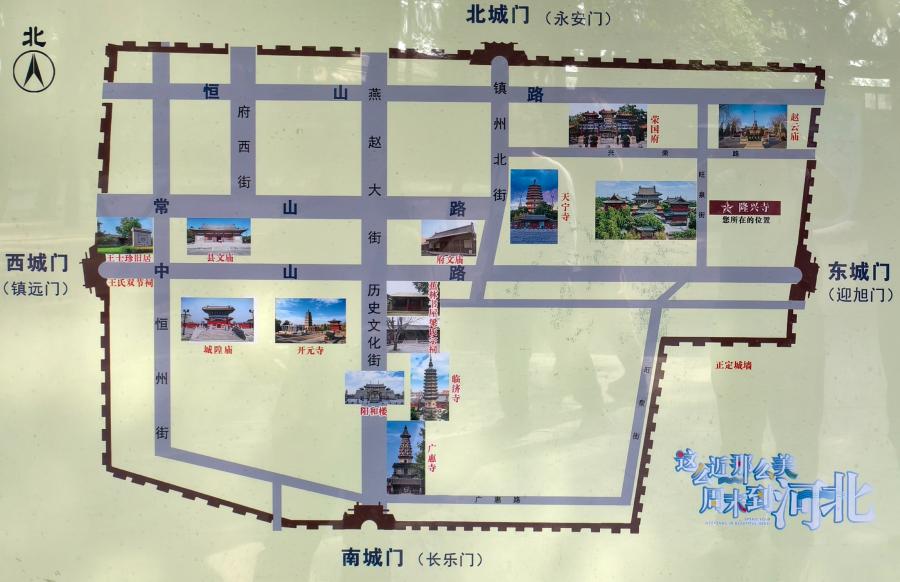
My first impression of Zhengding is that there are numerous old-style buildings, as well as a lot of restaurants and shops.

We went to Hao's Rib Restaurant for lunch and tried their ribs, as well as a traditional local specialty that can only be found in Zhengding: Benggan, a dish made from cow liver using a special and complicated method. The ribs are rather ordinary in taste, but the Benggan is indeed special.

The ancient city, encircled by the city wall, is not very large, so you can easily walk around. We walked to Longxing Temple, which is one of the earliest, largest, and best-preserved Buddhist temples in China, covering an area of 82,500 square meters. The temple is renowned for its magnificent architecture and numerous cultural relics. It was originally established in the sixth year of the Kaihuang era of the Sui Dynasty (586 AD) and was initially named Longzang Temple. It underwent several name changes before being officially named Longxing Temple by an imperial decree in the forty-ninth year of the Kangxi era (1710 AD), a name that has been used ever since. On March 4, 1961, Longxing Temple was designated as one of the first batch of National Key Cultural Relics Protection Units by the State Council of the People’s Republic of China.
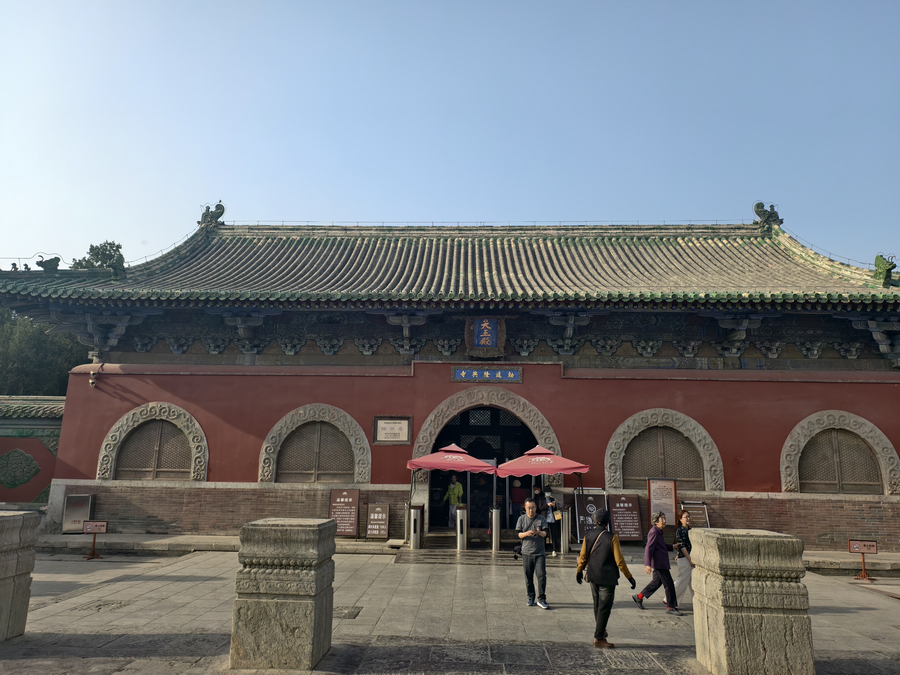
The temple houses six cultural relics that are unparalleled nationwide, namely: the uniquely designed Song Dynasty building, the Mani Hall, which was praised by the master of ancient architecture, Mr. Liang Sicheng, as a unique example in world ancient architecture; the colorful suspended clay-sculpted Guanyin, hailed by Mr. Lu Xun as the “Oriental Goddess of Beauty”; the largest early rotating book repository in China; the Longzang Temple Stele, which is acclaimed as the “number one stele of the Sui Dynasty” and the “ancestor of regular script”; the 21.3-meter-tall bronze-cast Thousand-Armed and Thousand-Eyed Guanyin Bodhisattva, the tallest bronze Buddha statue in ancient China; and the exquisitely designed, varied, and finely crafted bronze Thousand Buddhas Pedestal, which is a unique masterpiece in China. Additionally, the temple is a treasure trove of artistic masterpieces from various dynasties, including steles, murals, and porcelain, all of which possess high historical, artistic, and scientific value. The master of ancient architecture, Mr. Liang Sicheng, once praised: “Among the famous temples outside the capital, the Longxing Temple in Zhengding should be the first to be mentioned.”
Since photography is not allowed in some of the halls, I am unable to showcase all the exquisite cultural relics here. However, I highly recommend that you visit the site in person to witness them.
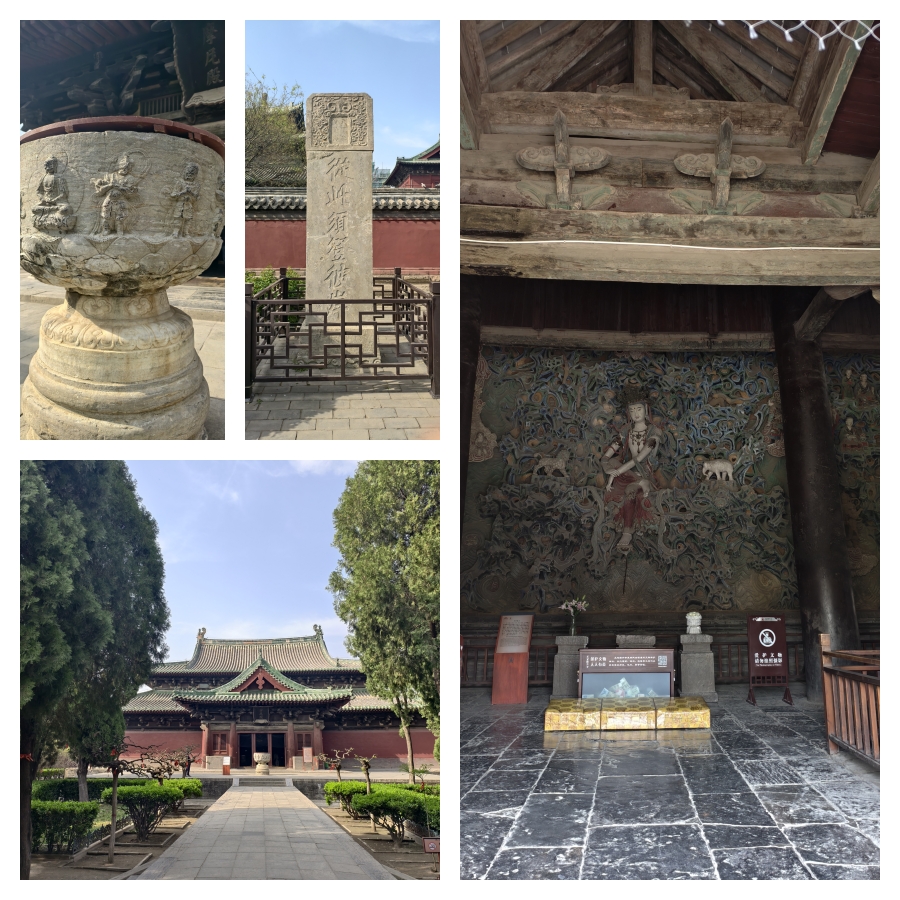
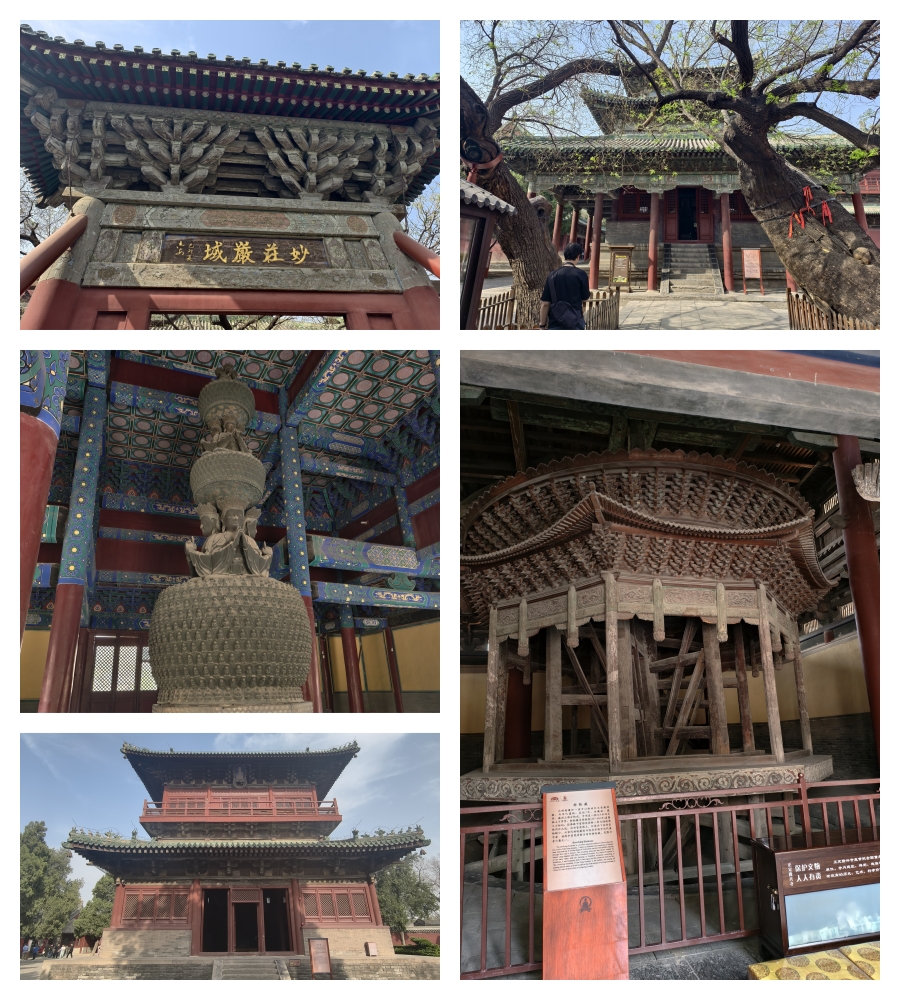
Then we walked to Zhengding County Confucius Temple. The Dacheng Hall of the Confucius Temple dates back to the period of the late Tang Dynasty and the Five Dynasties (907–960), and it is the earliest existing Dacheng Hall of Confucius Temples in China. In 1996, the Dacheng Hall was designated as a Major Historical and Cultural Site Protected at the National Level by the State Council. Unfortunately, we arrived too late, and the temple was already closed for the day.
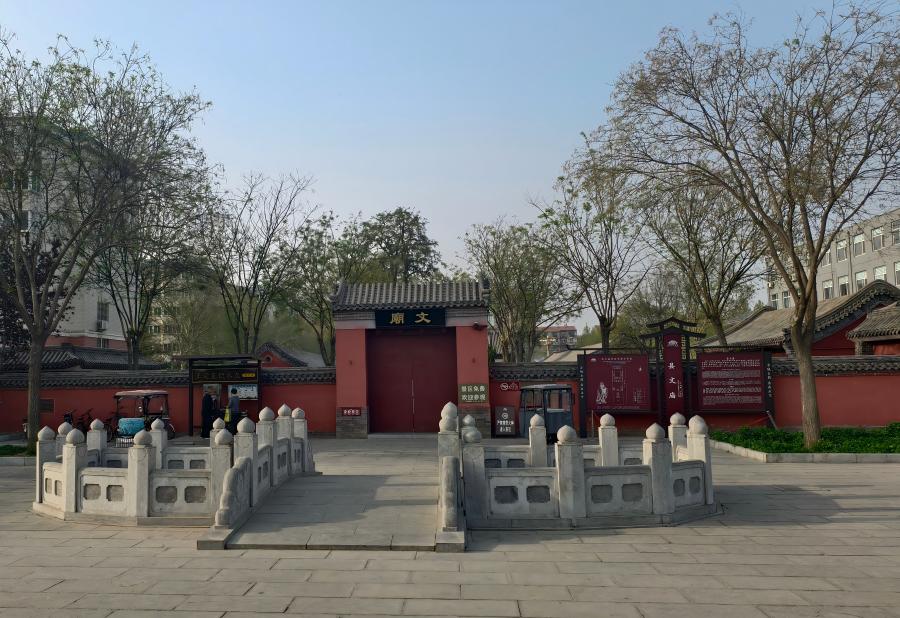
Then we continued to the closest city gate: the West City Gate. From there, we walked along the city wall to the South City Gate, where we could ascend to the city wall. The section of the city wall starting from the West Gate was in its original state and had not been renovated. Closer to the South Gate, however, the city wall had been renovated. The entire walk was very pleasant and quiet, passing through a beautifully designed park.
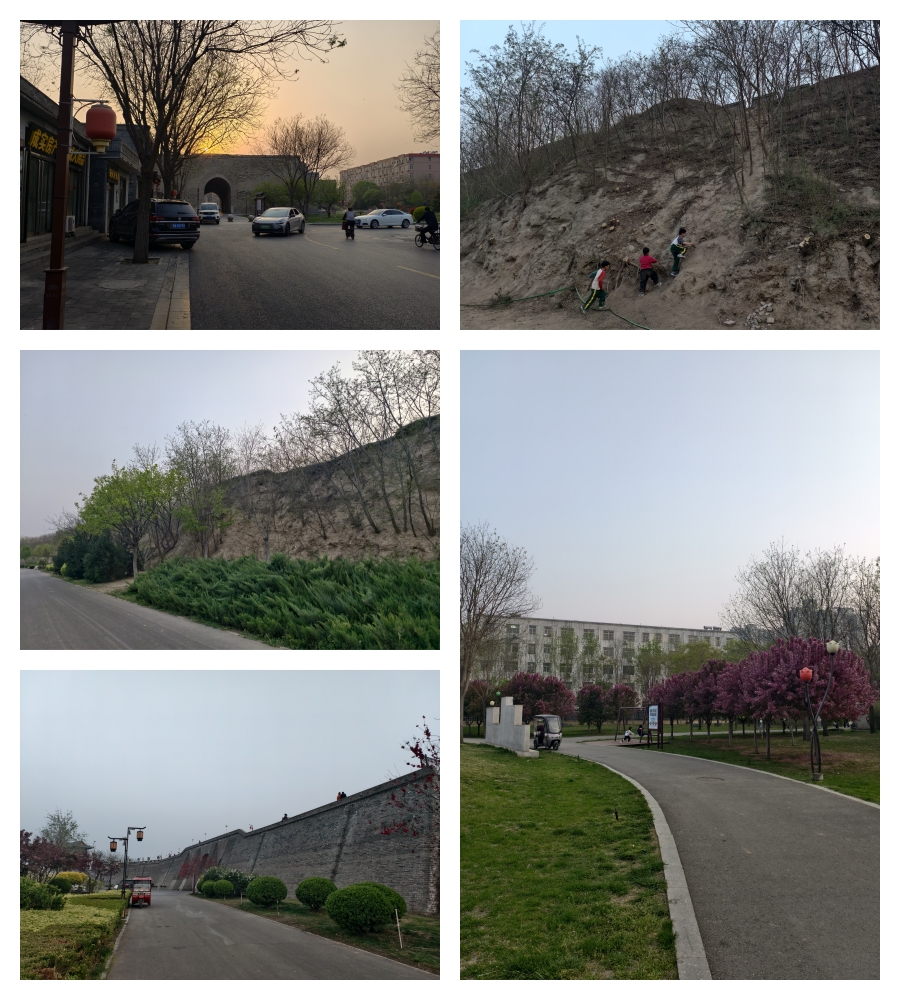
We climbed up to the South City Gate, enjoyed the panorama of the city, and ambled along the wall for a good length of time.
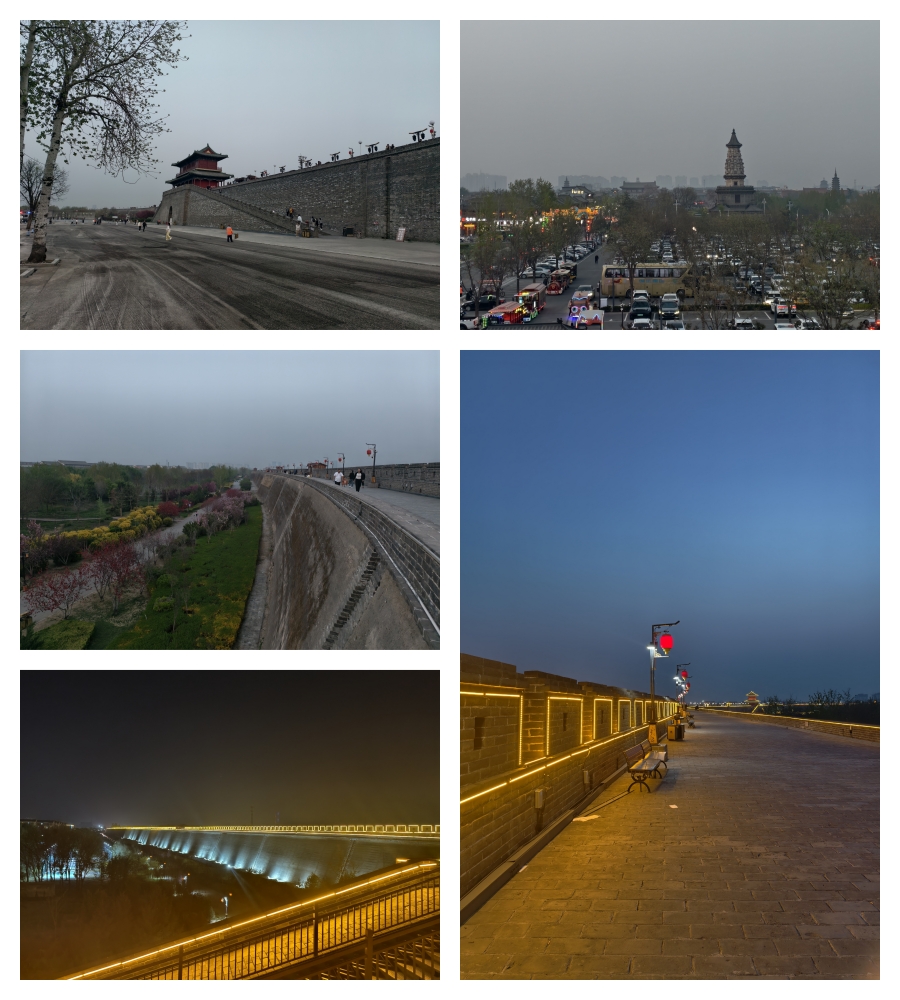
Then, we took a taxi to the night market, which was ablaze with light and bustling with activity. It boasted a wide array of delicacies from all corners of China.

The next day, we e-hailed a taxi to the Baodu Scenic Spot, which is about a 40-minute drive away. After a short rest in the hotel, we started our mountain climb. The first half was tiring and there were many people around. In the second half, we grew accustomed to the climb and enjoyed the fewer crowds and more expansive mountain views. After about two hours, we arrived at the South Heaven Gate, where many people were taking a rest.

The climb to the South Heaven Gate was free of charge, but if you want to enter the gate and explore Baodu Village, you need to purchase a ticket, which costs CNY 65 per person. Most people end their trip here, but we found it incredibly rewarding to go inside. The area was very serene and lush, with many interesting sites to visit. We spent two hours there, enjoying the views and taking a leisurely walk.

At last, we took the cable car to descend the mountain, as walking down might cause pain to the knees. It turned out to be a wise choice, as we didn't feel sore at all the next day.
For dinner, we found a restaurant that specializes in donkey meat. It was delicious.
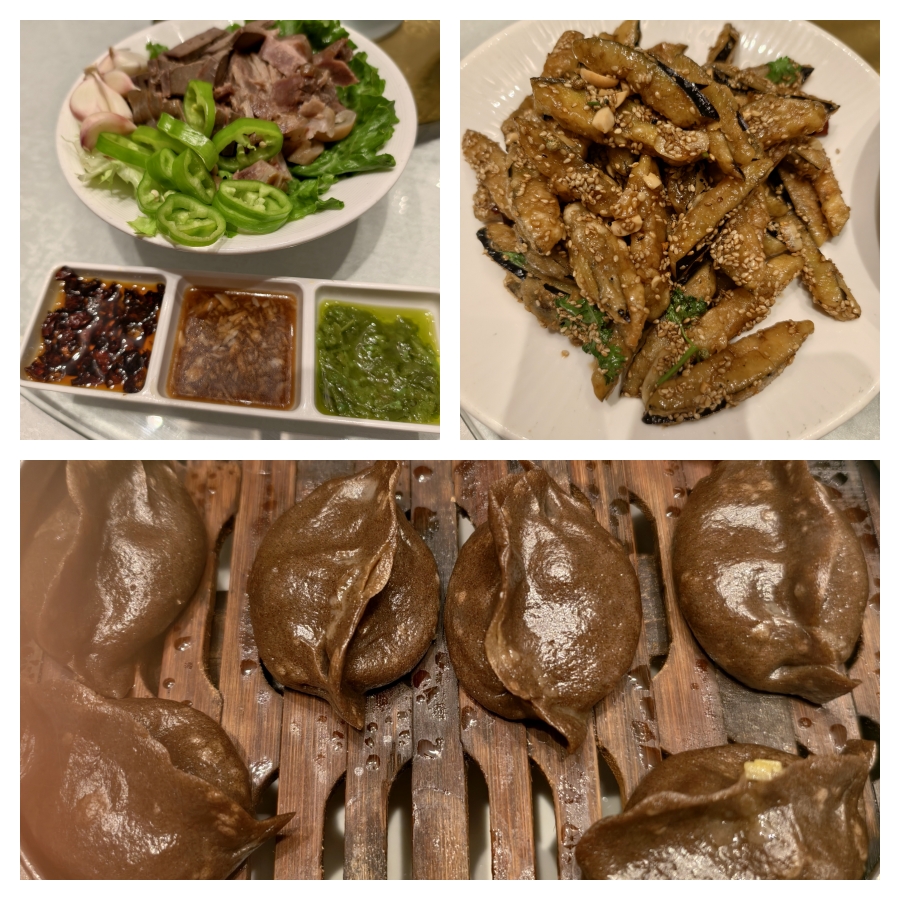
On April 9th, we took a high-speed train to Beijing, which took only 1 hour and 18 minutes. Although the trip was short, I gained a lot of knowledge and joy from it. Maybe in the future, I will visit Shijiazhuang again.
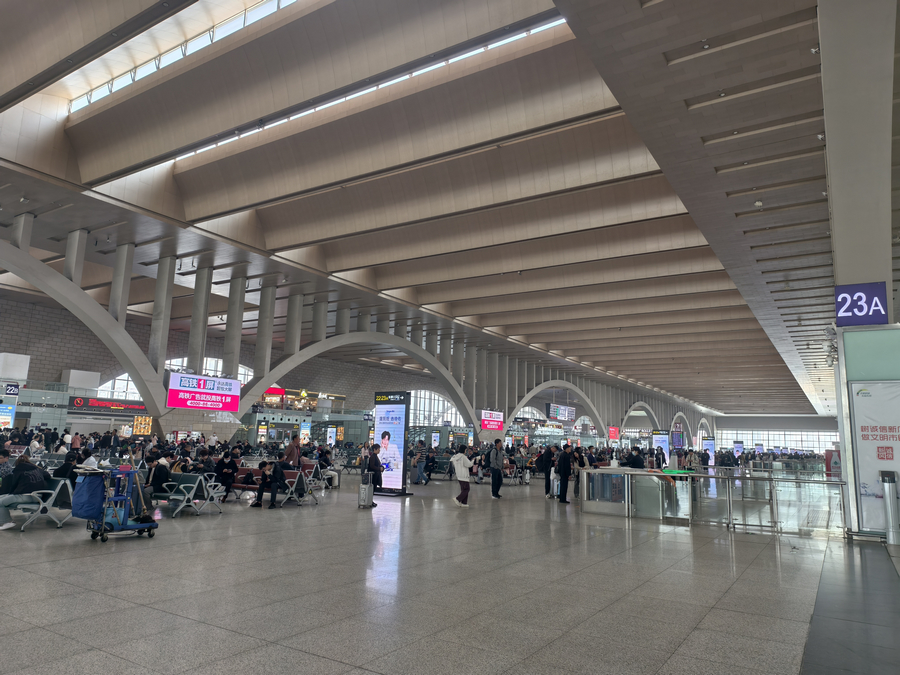
Yours Truly
Angie Guo - Charmission Travel
